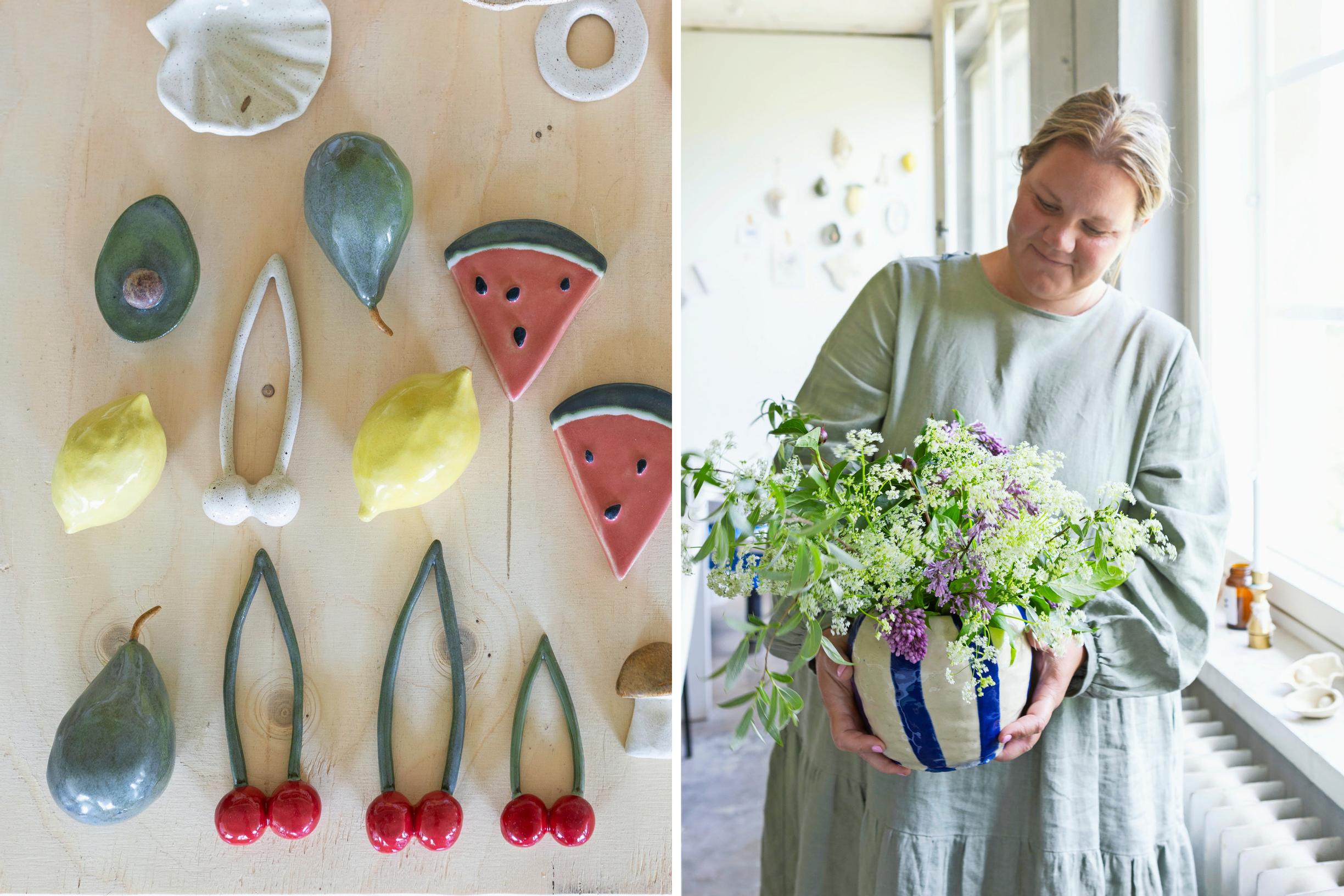
From child welfare to clay: “At first, I held ceramics courses in my backyard”
At first, Finnish Mira Timonen made ceramic items as a hobby for her own use. She left her previous day job behind when followers began asking if they could buy her dishes.
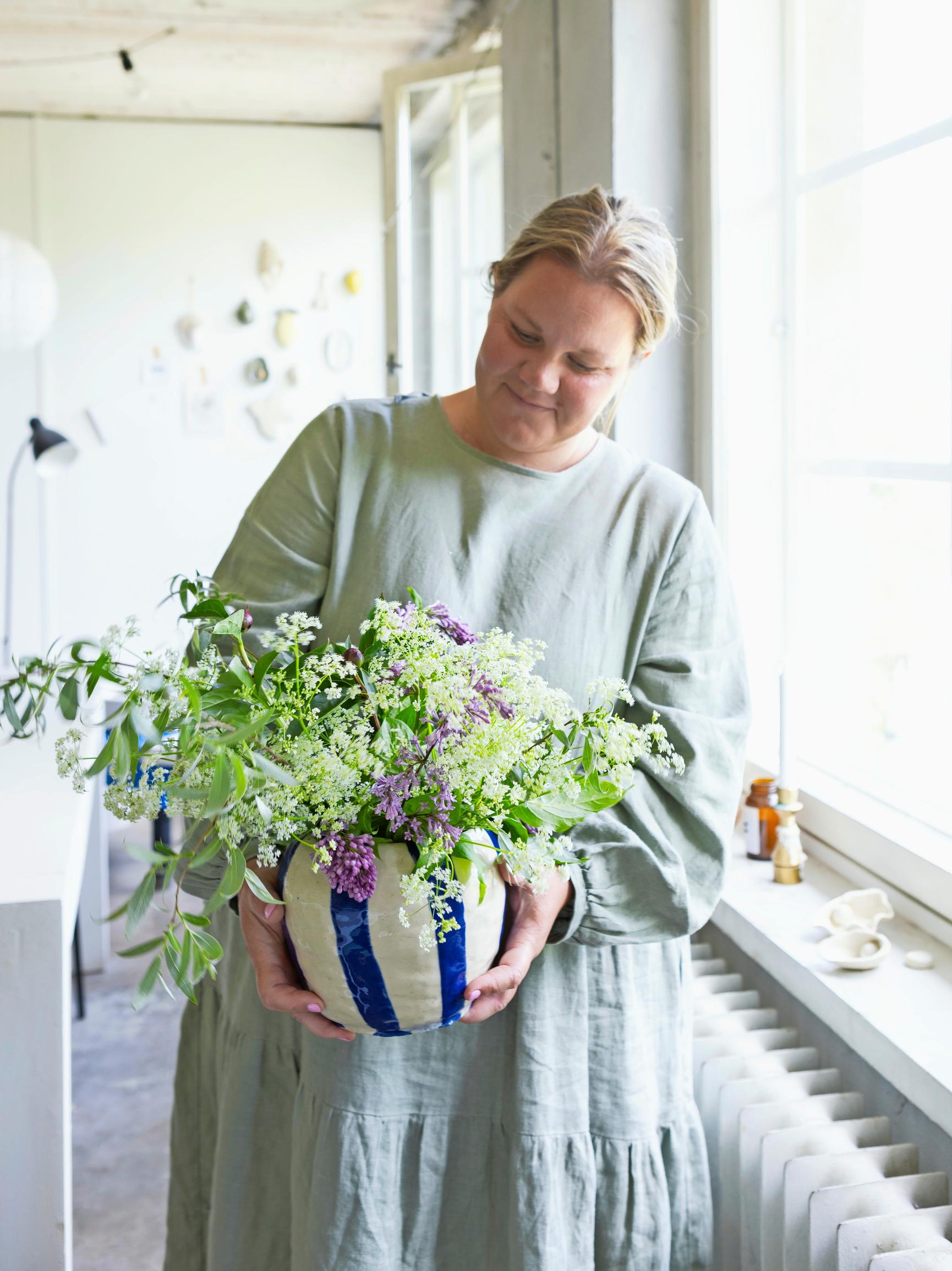
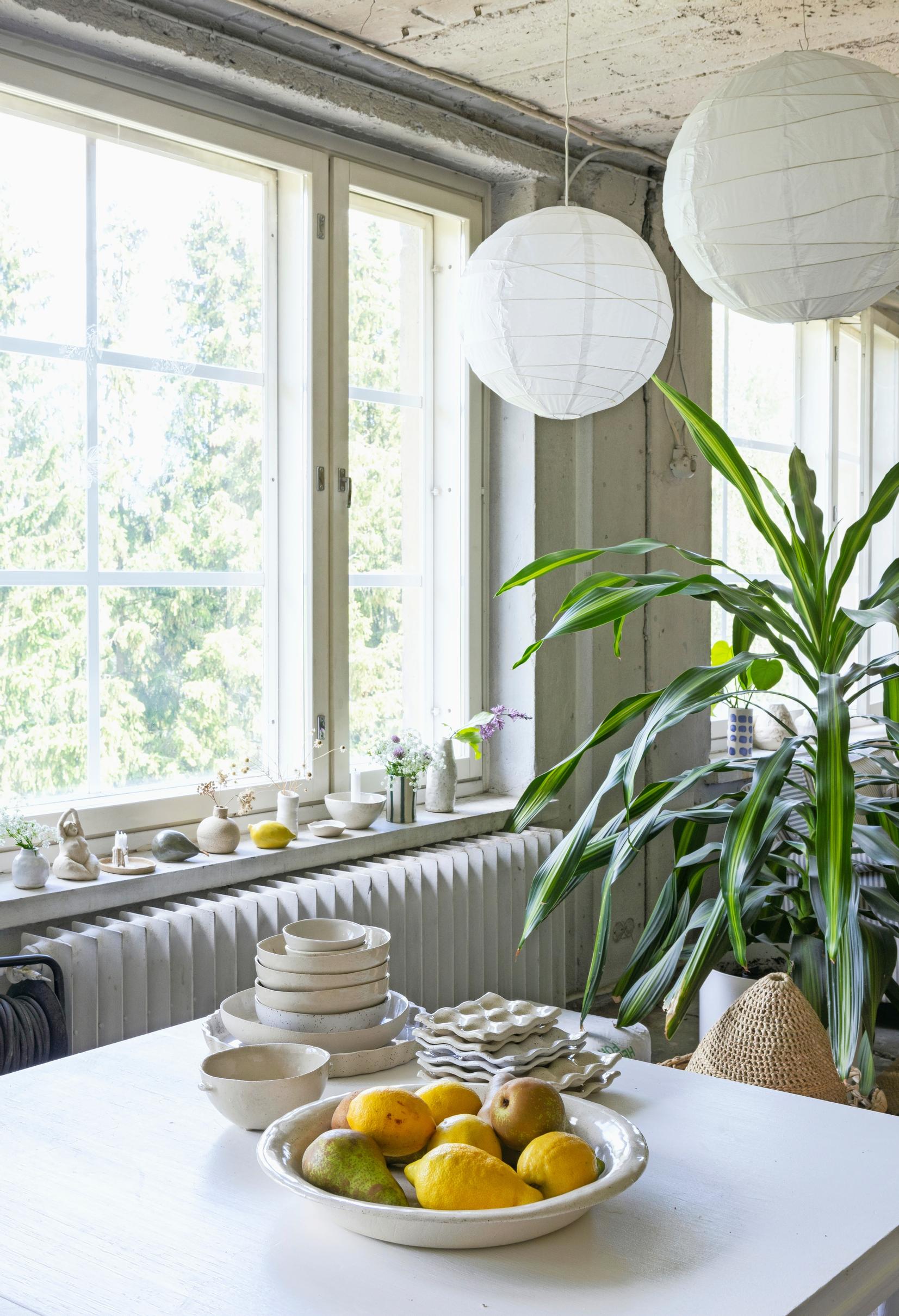
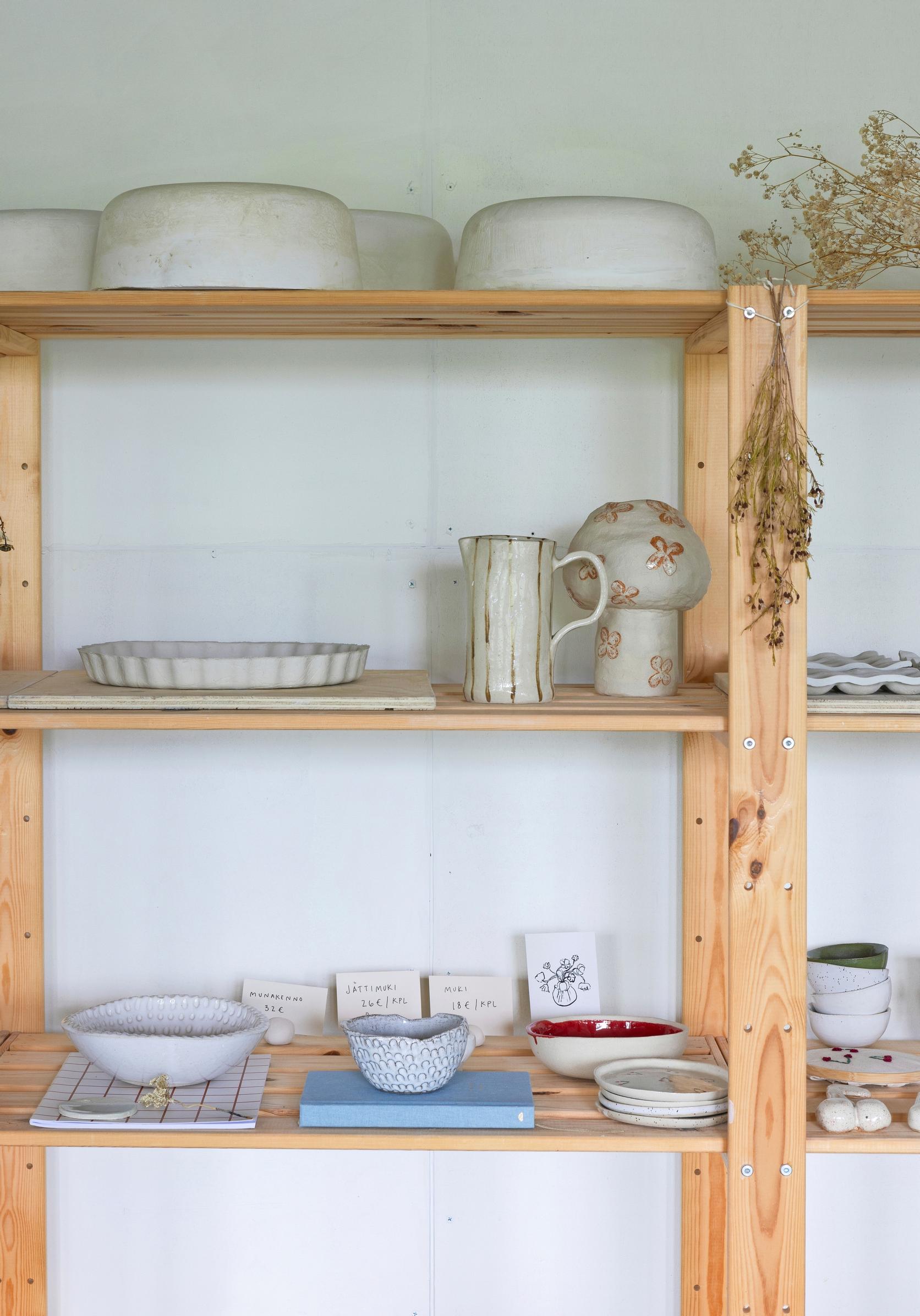
Perfectly delightful Monday pieces. Mira Timonen’s ceramic works embrace the maker’s touch—glazes may run, a mug handle might be crooked, and bowls can be slightly askew. Mira’s unique ceramics always sell out before they even make it to her online shop. That’s why she dared to leave her day job, open a beautiful studio, and become a full-time entrepreneur.
Evenings spent working with clay offered a wonderful counterbalance to the rush and hustle of everyday life.
How did you get into ceramics?
When my children were small, I started going to ceramics classes. Six years ago, I began attending an adult education ceramics course that met every Monday evening, and Monday quickly became my favorite day of the week. Those evenings spent working with clay offered a wonderful counterbalance to the daily rush and hustle of everyday life. When my hands were in the clay, I couldn’t scroll through my phone or do anything else. I could just focus on that moment.
My mother has always made ceramics, and we have many objects she created at home. I believe that’s what initially sparked my interest in ceramics.
How did your hobby turn into a career?
I got so excited about ceramics that I bought my own kiln, and my spouse built me a workspace connected to our home. At the time, I was posting about my everyday life on Instagram, and my handmade dishes would occasionally appear in the photos. My followers started asking if the dishes were for sale.
At first, I sold individual pieces, and they all went in no time. Then, my coursemate and I decided to establish a brand and Instagram account called Maanantaikeramiikka (Monday Ceramics). I began selling the ceramics I made and hosting ceramics courses in my backyard with a colleague.
At my studio, I make items such as dishware, wall reliefs, and candle holders. Almost everything I produce is sold through Instagram or directly from my studio, and I haven’t been able to list anything in my online shop for over a year. I’m also truly grateful that people keep coming back to attend courses at my studio.
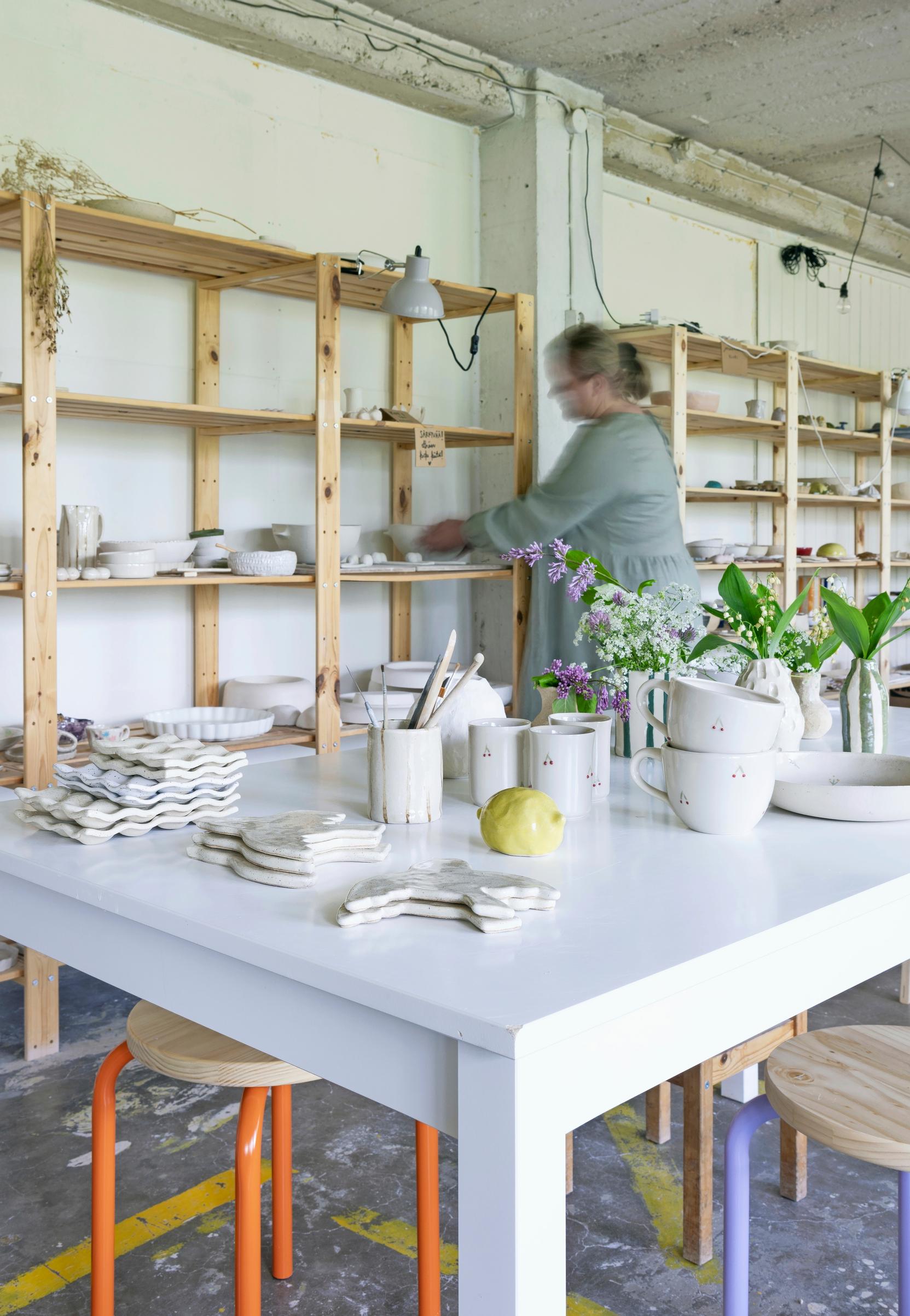
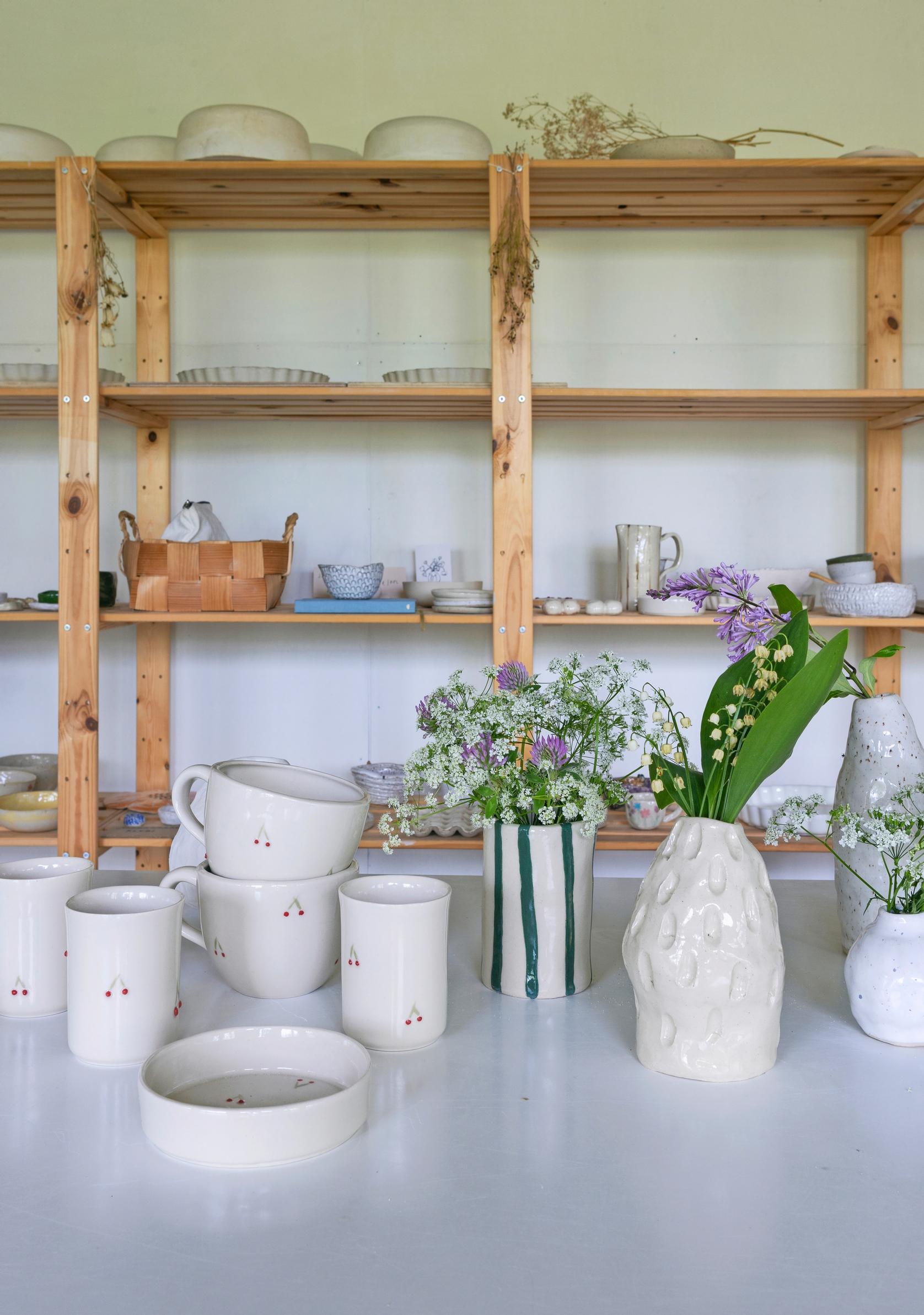
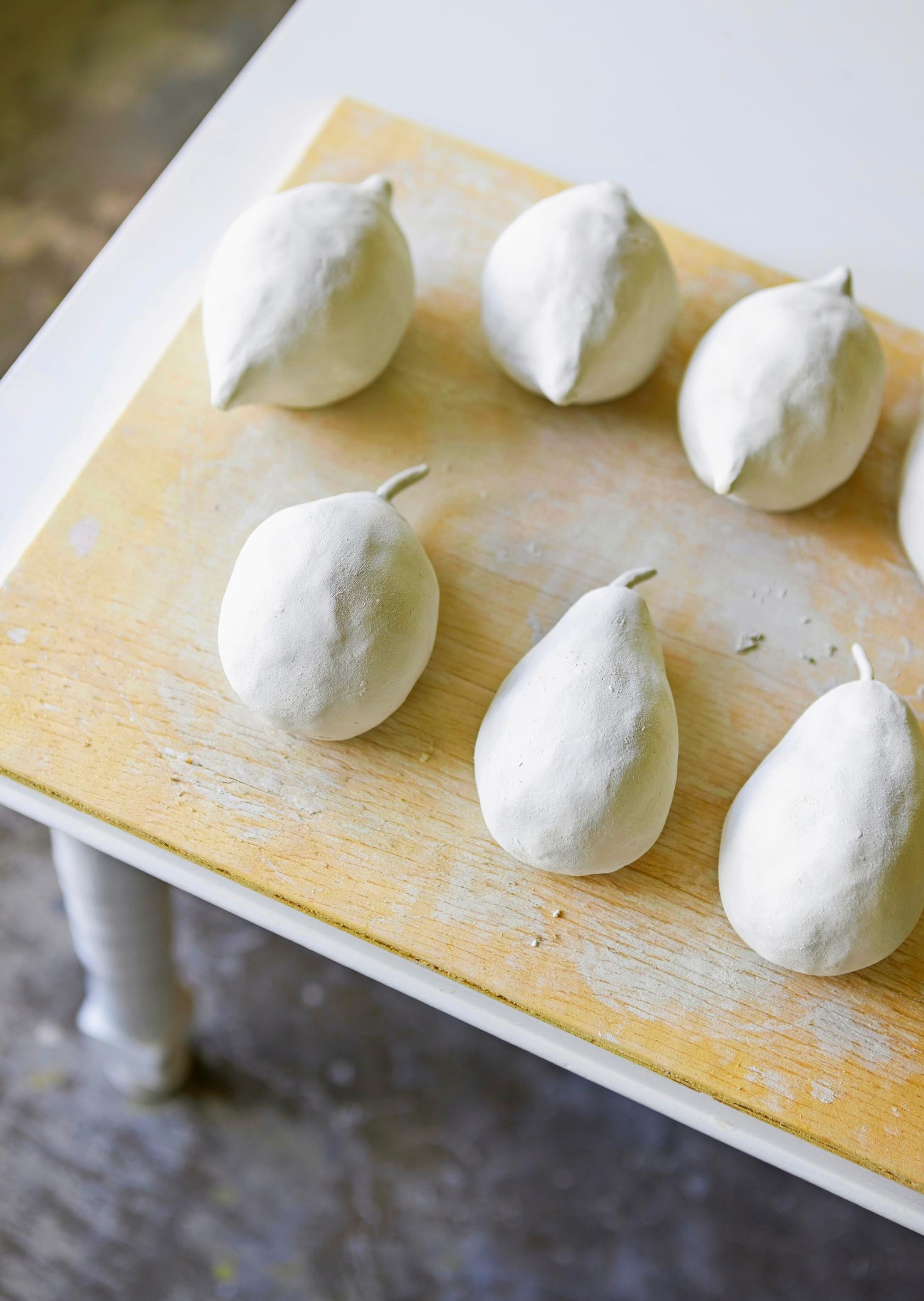
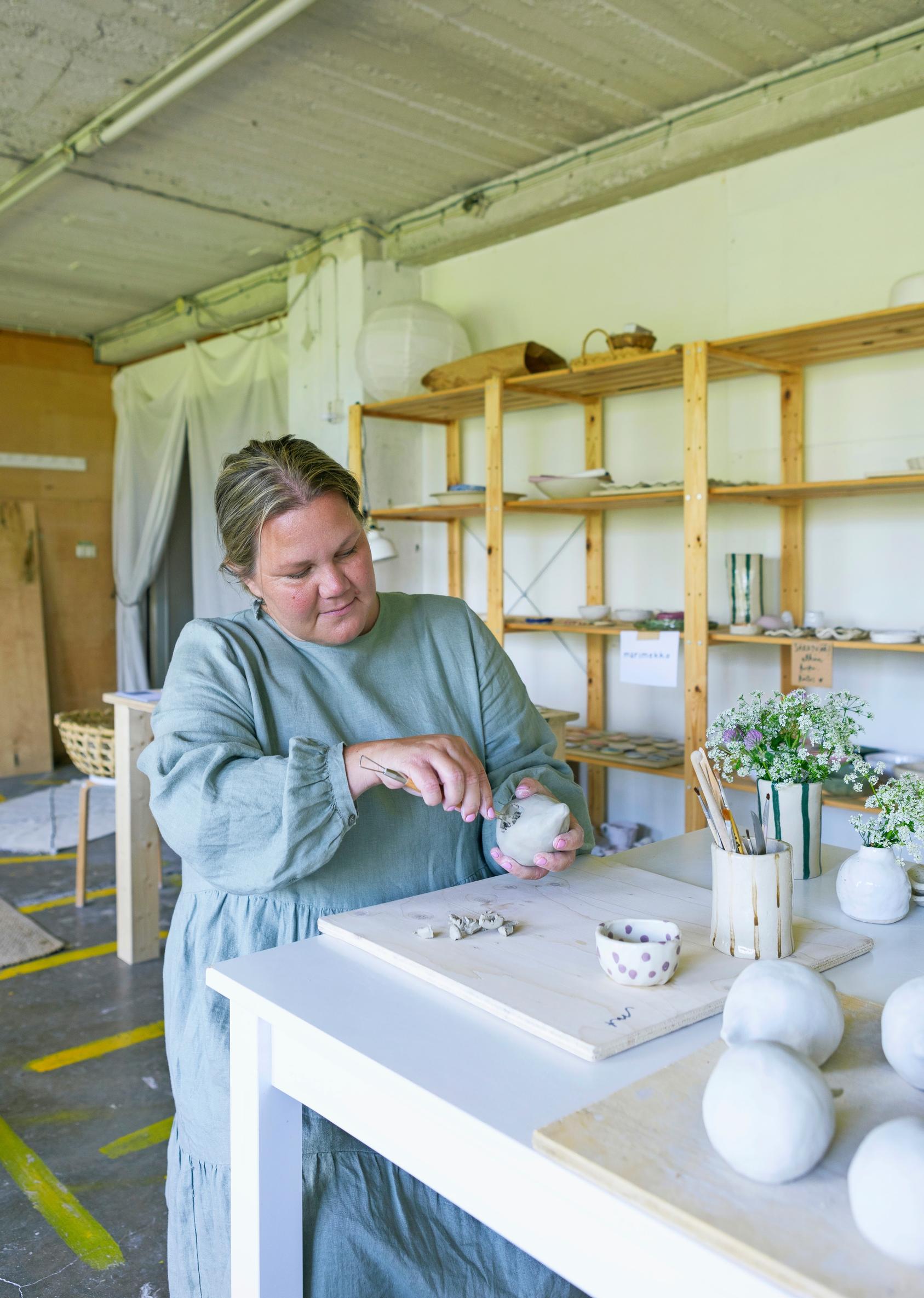
I call our way of life going at our own pace. If my work as an entrepreneur ever came to an end, we’d probably return to child welfare.
How has it felt to leave paid employment behind?
I’ve had many different jobs—for example, I’ve worked as a teacher and done marketing for Finnish clothing brands. My most recent salaried job was serving as a foster family for infants and toddlers placed under emergency care.
It’s important to me that there’s more to life than just work. As a solo entrepreneur, I have a vast array of responsibilities—planning, photography, liaising with others, and sourcing materials—but for the most part, I can do these tasks at my own pace. Only the course schedules are set in stone.
In the winter, I took five weeks off, and in the summer, several months. Everyday life is the best—we don’t need any special plans. We spend time at home, read, bake, and tend the yard. I call our way of life going at our own pace. If my work as an entrepreneur ever came to an end, we’d probably return to child welfare.
What is the best thing about making ceramics?
The best part is that when you start making a piece, you never really know what will come out of the kiln. There are so many steps to creating ceramics, which also means many opportunities for something to go wrong. First, you shape the piece, then it dries for about three weeks. Next comes the bisque firing, followed by glazing. Finally, there’s the glaze firing. The piece might break while drying or shatter in the kiln. When it finally emerges from the kiln looking as intended, it’s an indescribably wonderful feeling.
What does working with your hands mean to you?
Working with my hands is relaxing, even therapeutic. A friend often comes to my studio to knit while I make ceramics. We catch up and get immersed in our crafts. When you make something entirely from scratch, you have to put in a lot of effort for each piece. The process of making ceramics can’t be rushed; it takes the time it takes. I believe it’s good for people to learn to wait and tolerate things being unfinished.
I dream of a workshop with a steep roof and double doors that open to a field view.
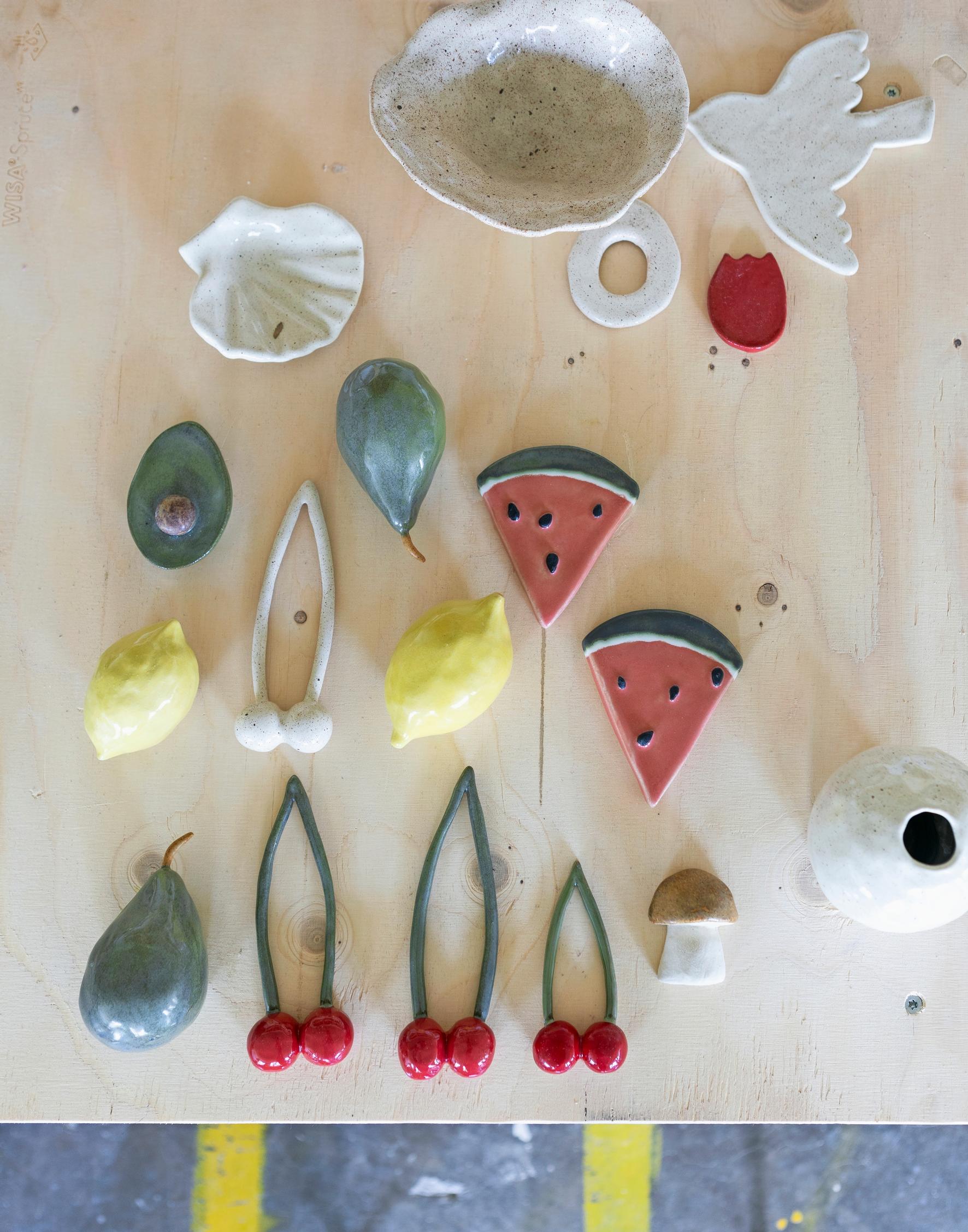
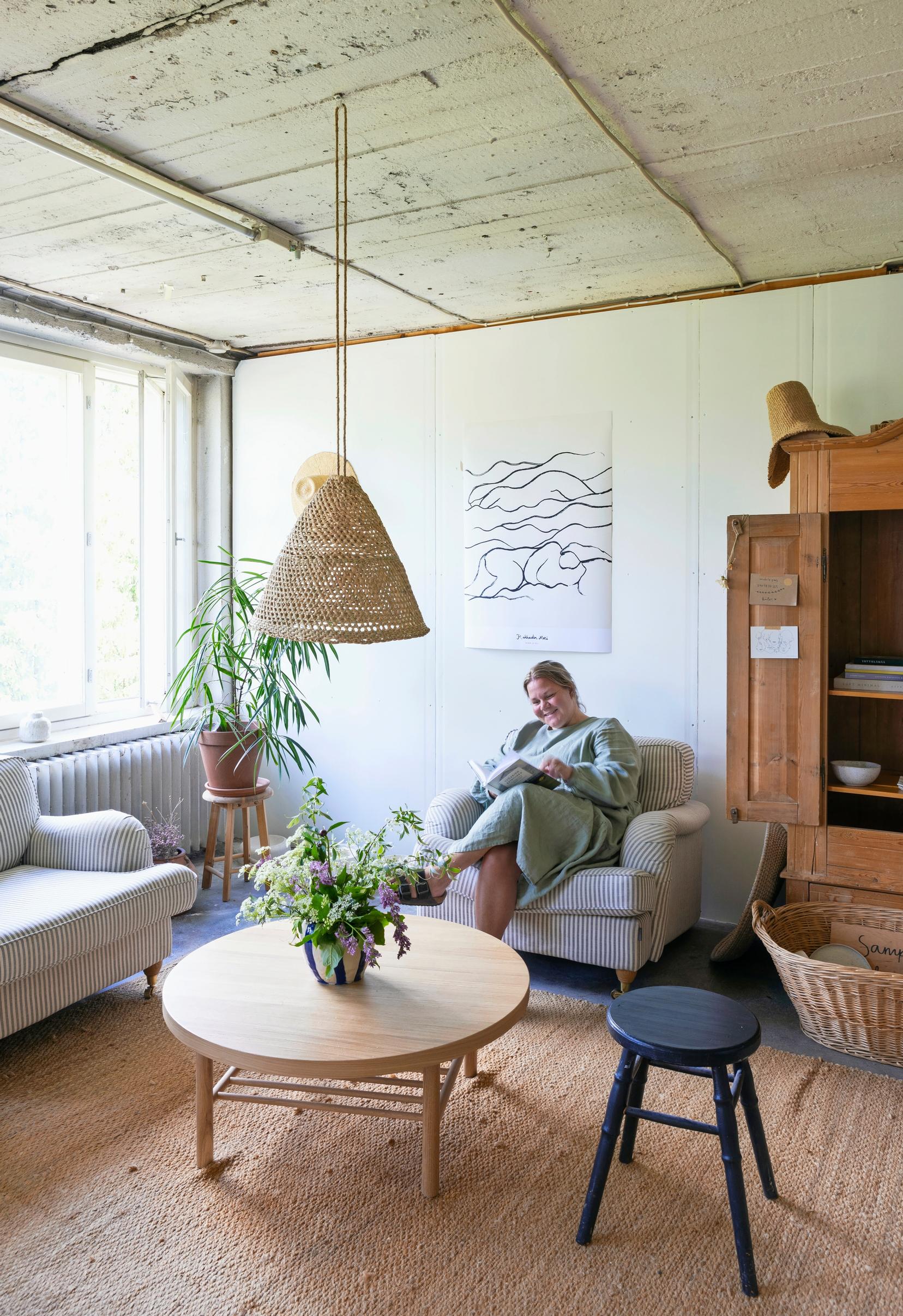
What are your dreams?
I still feel very much a work in progress when it comes to ceramics—I want to keep learning more and trying new things. I’m especially eager to learn more about natural clay. My spouse and I have dreamed of moving to the countryside once the kids have finished school. I dream of a workshop with a steep roof and double doors that open to a field view. I’m very content right now, but I believe and hope that in the future, I’ll live in the peace of the countryside and host slow-paced ceramics retreats on weekends.
Mira’s tips for novice ceramics enthusiasts
1. Seek out a ceramics course in your area. Even one lesson can give you a good starting point.
2. Go ahead and bravely experiment with how the clay feels and how it shapes in your hands. You don’t need to start making a specific piece right away—this way, you won’t feel like you can’t do it, because everyone can.
3. Embrace the visible maker’s touch and a little roughness. Everyone has their own way of creating, and that’s truly fascinating.


